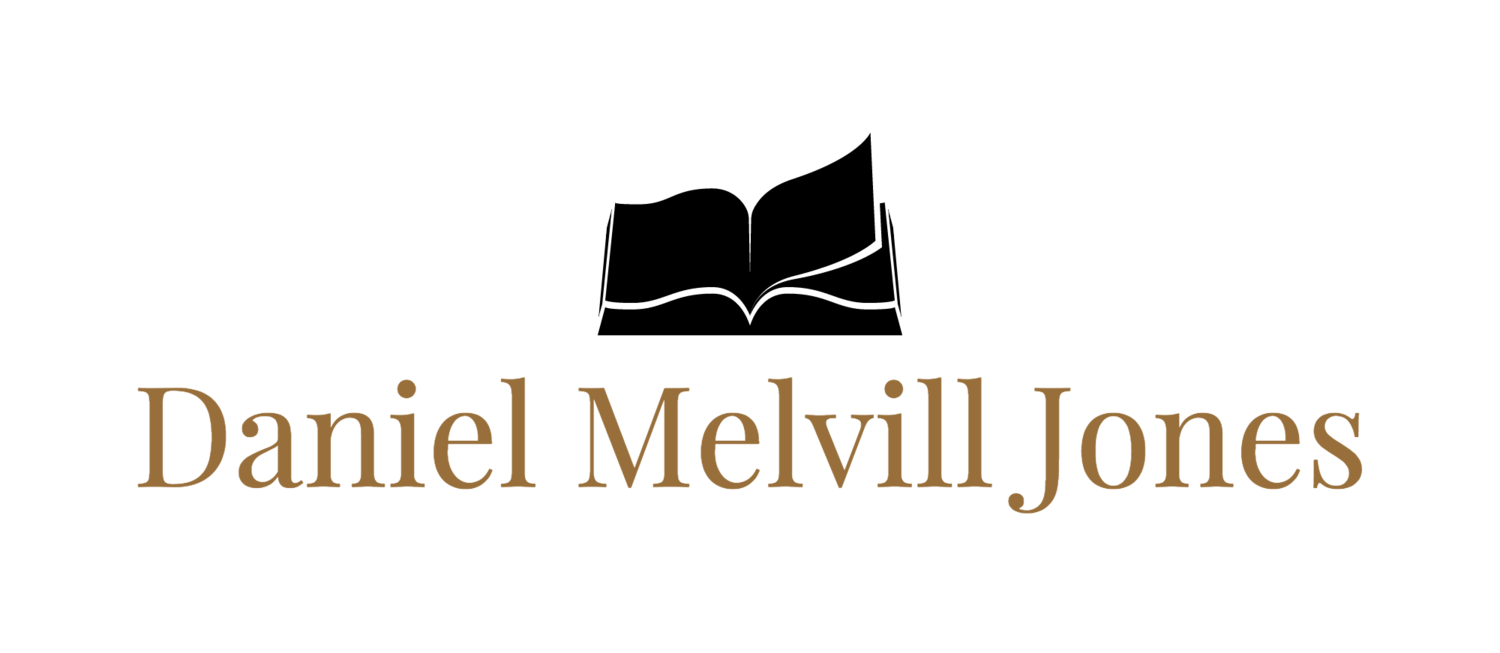This review was originally published in April 2014. The images are from the film and are not my own.
I was introduced to this film over a year ago and knew then that I looked forward to returning. But the question was how long to wait? I didn’t want to rush it. But I also knew that this movie would be the perfect fit for Holy Week. So on Holy Saturday I turned down the lights and pressed play.
I am now more familiar with the painting this film brings to life so effortlessly, particularly its lighting. Its costumes and props are so rough and lived in that their foreign realism shocks us.
The theological and artistic heart of the movie is the intersection of ordinary people’s lives with the cruelty of the world. We see this intersection graphically when the life of a young couple is ground to a searing halt after the man is brutally torn from his wife and lifted up to die while on their way to market. We see it subtly in the crows, ominously and repeatedly visible through the window of every house, particularly Brugal's as his young wife cares for their rowdy children.
But nowhere is the contrast more obvious then when these smaller images of the divine morph into an anachronistic representation of the ultimate intersection - the passion of our Lord. In the history of art anachronistic paintings of the crucifixion are common but we see them less in our film driven age. So in the film, when Judas betray Christ by visiting a cathedral's confession room or the condemned thieves meet with a priest before being dragged to their crosses, it’s like cold water to the face. And it reminds us that the world Christ came to save is our world; in this movie, the Flemish world.
In the film Christ’s crucifixion is given a weightiness, most notably in the scene when the miller, representing God, “parts the clouds” by pausing the windmill and with it the scene below him. But when the gears resume their turning and the people their moving and the world its cruelty, I longed to see some glimmer of the resurrection. There lies Christ’s body in a grave, holes on his feet. There is the sun, welcomed after the darkness and violence of the night. There are the people, moving on, dancing, showing Christ in the way they care for their offspring.
There is only one difference. In the background this time there are no crows.


